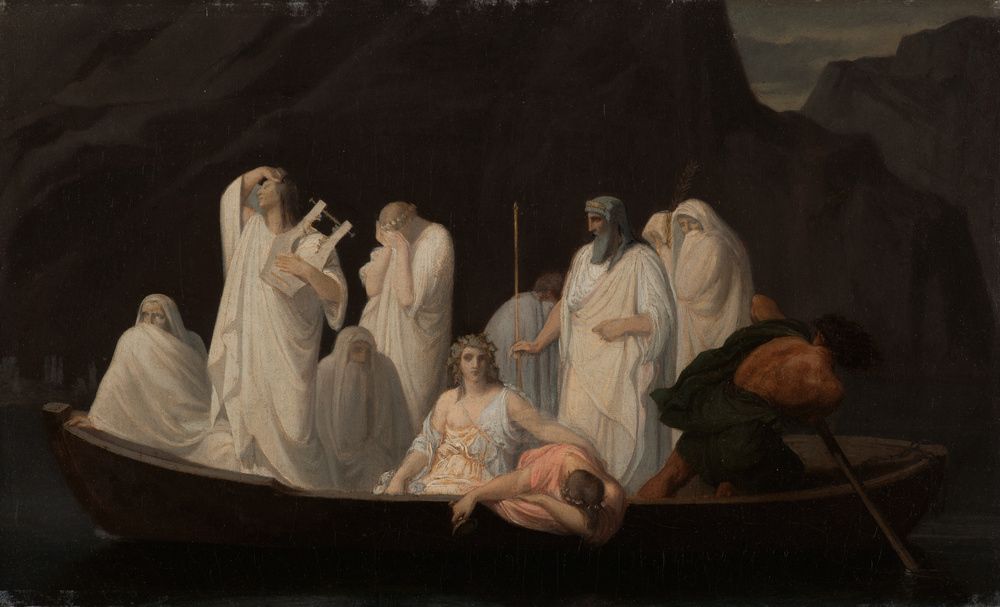Or, durant cette période, qui correspond à l’invention et au développement de la photographie, les artistes se sont employés à redéfinir l’essence de l’art en partant de ses composantes fondamentales, pour reprendre la célèbre citation de Maurice Denis en 1890 : « se rappeler qu’un tableau, avant d’être un cheval de bataille, une femme nue ou une quelconque anecdote, est essentiellement une surface plane recouverte de couleurs en un certain ordre assemblées. »
À partir des collections du musée du 19e au 21e siècle, de Paul Delaroche à Martin Barré, de Jean Arp à Christopher Wool, cet accrochage examine comment les artistes ont utilisé cette couleur pour réfléchir sur la peinture, et plus largement sur l’art.
En vidéos
Introduction

Prologue

Concept

Légende et crédits
Henri-Pierre Picou, Le Styx, esquisse, vers 1849

